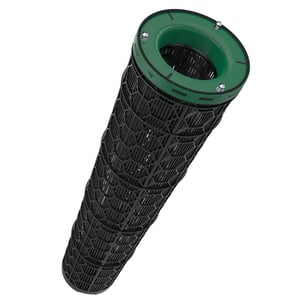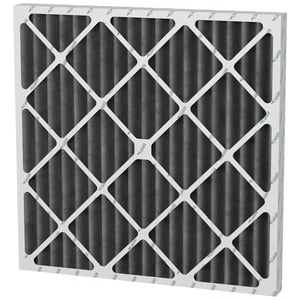How should you select the right molecular filter for supply air for general ventilation? The ISO 10121-3 standard published in 2022, provides evaluation methods for gas-phase filters in HVAC applications. Where as Eurovent 4/26 helps to guide HVAC professionals in the selecting appropriate molecular filters for outdoor air filtration, ensuring compliance with health and safety regulations while optimising indoor air quality.
The ISO 10121-3 classification system provides filter rating based on capacity and efficiency against common pollutants, making selection easier for HVAC professionals. This classification simplifies the filter selection process by categorising filters based on their removal efficiency for contaminants such as O3, NO2, SO2 and VOCs. By using this classification professionals can make informed decisions when selecting filters, ensuring that they meet the specific air quality requirements of their application. Appropriate classification not only enhances indoor air quality but also extends the operational lifetime of the filters, reducing maintenance cost and improving overall system efficiency.
Selecting the right molecular filter requires a comprehensive understanding of the local outdoor air quality, building usage and filtration requirements. HVAC professionals must consider factors such as pollutant concentrations, airflow rates and system design to ensure optimal performance. The World Health Organisation (WHO) air quality guidelines serve as a benchmark for defining acceptable pollutant levels, providing valuable insights into necessary filtration efficiencies. By choosing the appropriate molecular filters based on these guidelines, HVAC professionals can enhance air quality in buildings, ensuring compliance with health standards while optimising energy consumption and operational efficiency. Regular monitoring and maintenance of filters is also crucial for maintaining filter effectiveness over time.


